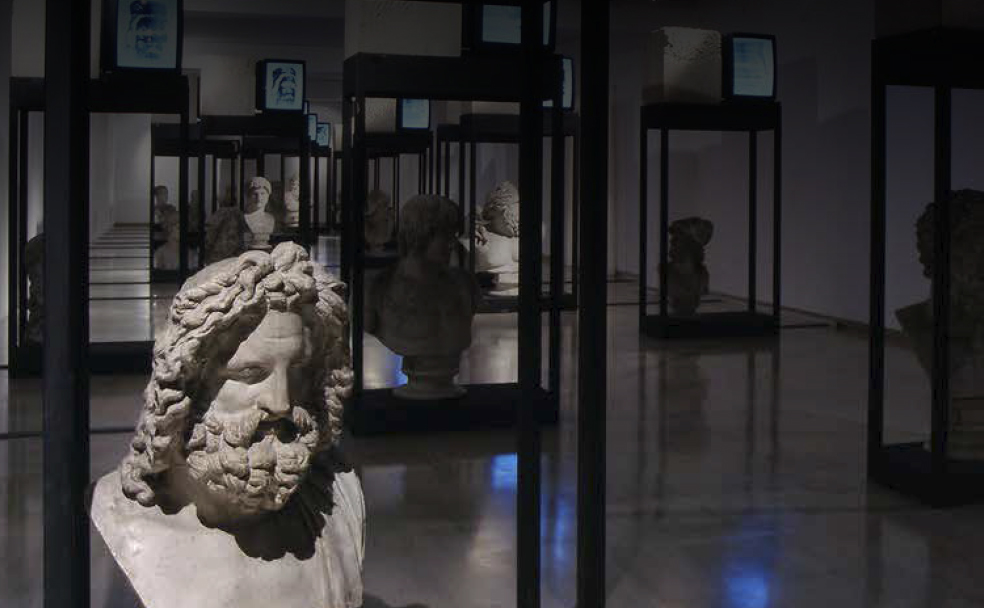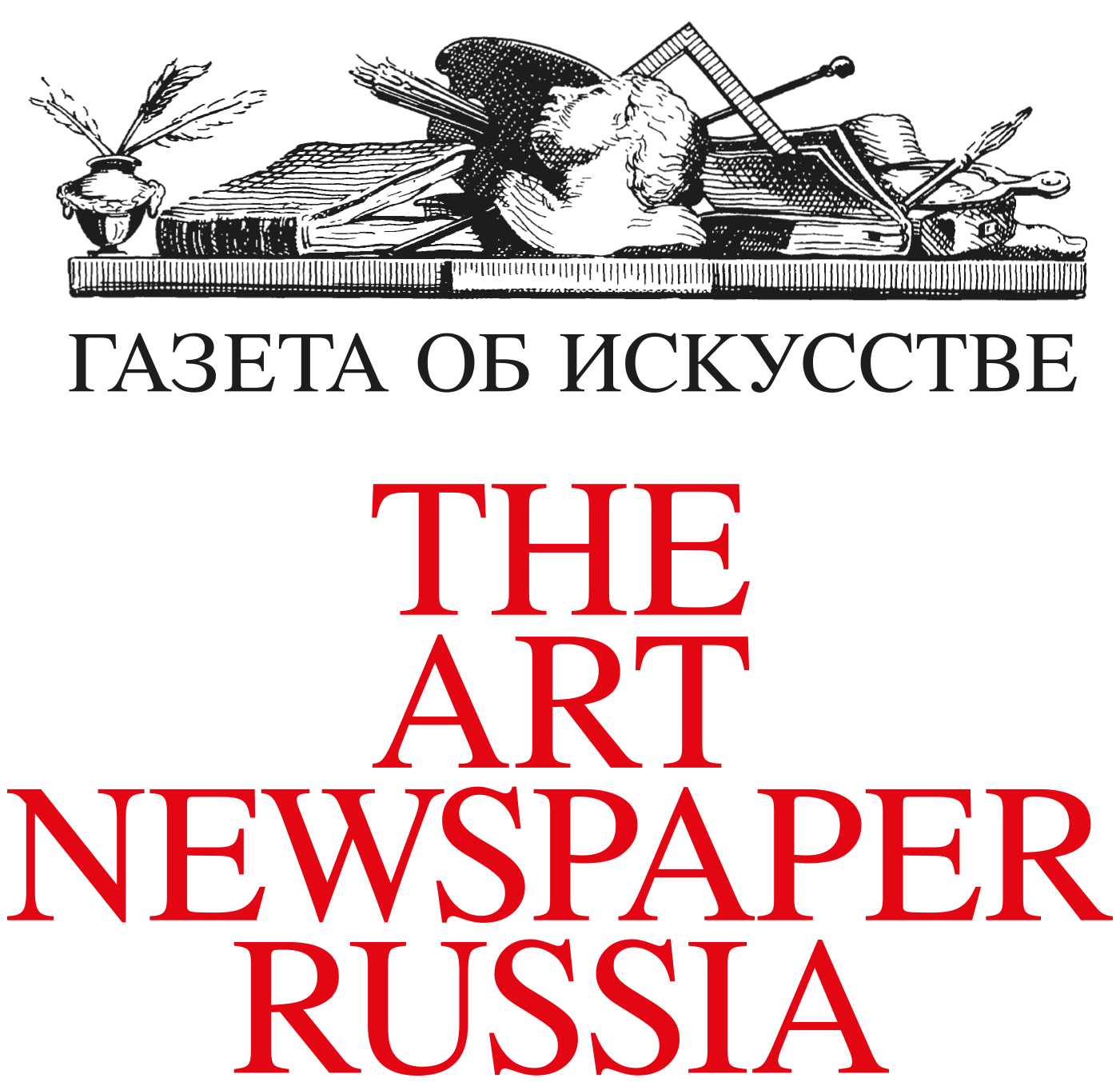- History of Museum
- Buildings
- Museum Quarter
- Departments
- Branches
- Administration
- Support us
- Documents
- Activity
- General Information
- Contacts
- Vacancies
- Terms of Use for Materials and Images
- Plan your visit
- Tickets & Privileges
- Buildings & Opening hours
- Guided tours
- Rules & Recommendations for visitors
- Accessible Museum
- Online shop
- Masterpieces
- Paintings
- Graphics
- Sculpture
- Applied Art
- Ancient East
- Art and Archaeology of Ancient World
- Numismatics
- Art Photography
- Casts Collection
- Electronic publications
- Online dictionary of photo techniques
- Virtual Pushkin Museum
- Electronic collections
- Accessibility
- Satellite websites
- Museum on other web sites
- Video channel
- Podcasts
- Audio&Media Guides
- Games and quiz
- 3D-reconstruction and modeling
- Virtual Exhibitions in Navigator4D format
- Smart Museum 3D
- Pushkin Museum XXI
- Contexts. Photographers and photography
- Attention
- Museum
- For Visitors
- Exhibitions & events
- Collection
-
Media
- Virtual Pushkin Museum
- Electronic collections
- Accessibility
- Satellite websites
- Museum on other web sites
- Video channel
- Podcasts
- Audio&Media Guides
- Games and quiz
- 3D-reconstruction and modeling
- Virtual Exhibitions in Navigator4D format
- Smart Museum 3D
- Pushkin Museum XXI
- Contexts. Photographers and photography
- Education & Science
Large font • contrasting colors • no pictures
© The Pushkin State Museum of Fine Arts











